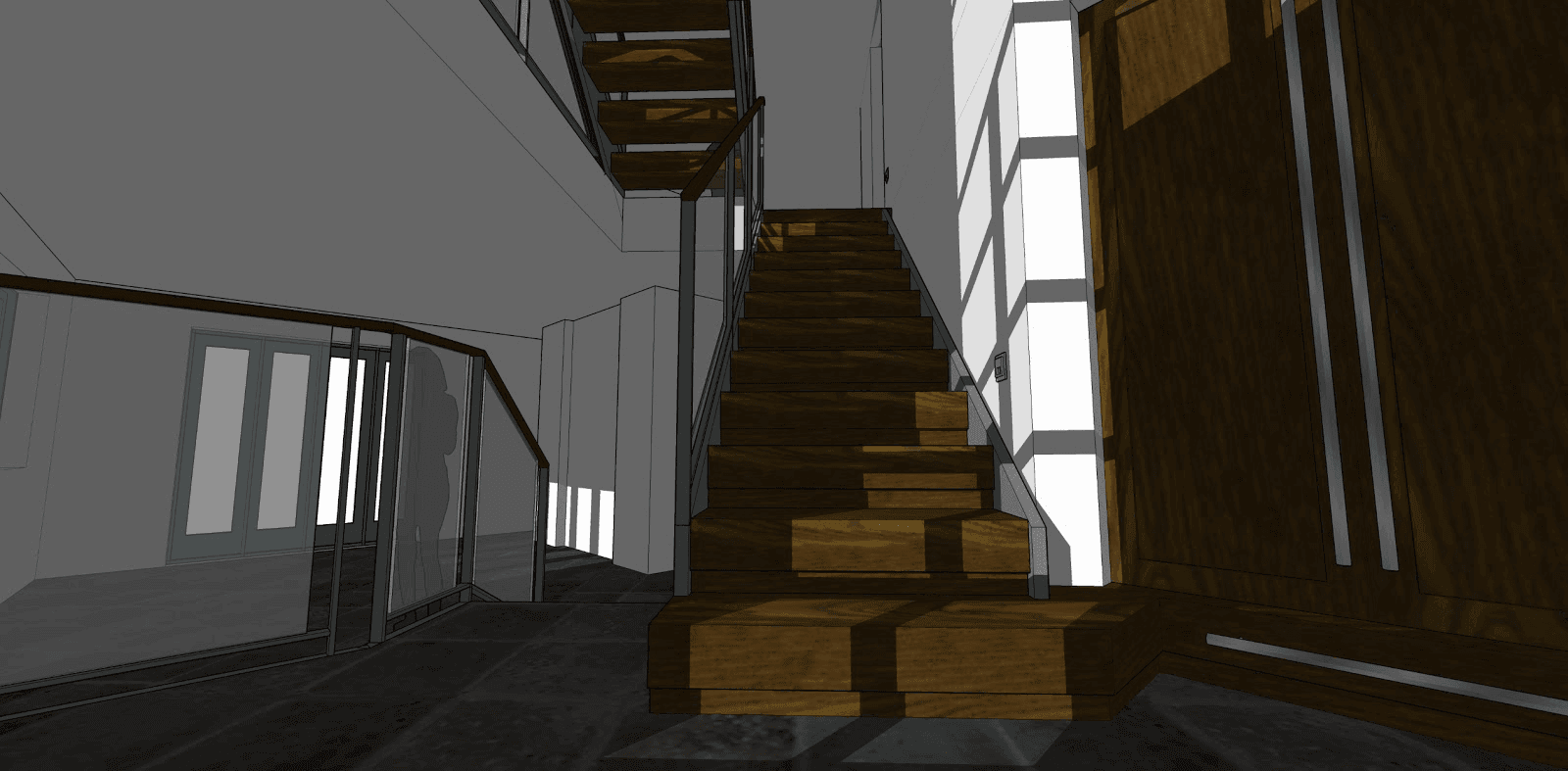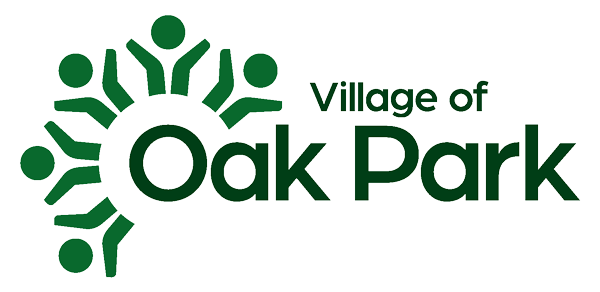Green townhouse LEEDs the way to Platinum certification
As featured in:
Medill Journal, Northwestern University.
"Green townhouse LEEDs the way to Platinum certification" by Tara Kadioglu.

Lincoln Park will likely be home later this year to the first renovated LEED-Platinum-certified townhouse in a condominium association in the country, said Jason La Fleur, regional director at the Alliance for Environmental Sustainability.
The three-story townhouse is on West Willow Street; the owners said they preferred not to disclose the specific address for privacy reasons.
Through this first-of-its-kind renovation, the owners of the home—married lawyers Art and Kathie Howe—said they expect to save more than $500 per year in utilities and to reduce their Carbon footprint by more than 3.5 tons per year.
LEED, created by the U.S. Green Building Council, stands for Leadership in Energy and Environmental Design. The USGBC website defines LEED certification as “independent, third-party verification that a building . . . was designed and built [for] high performance in key areas of human and environmental health: sustainable site development, water savings, energy efficiency, materials selection and indoor environmental quality.”
Platinum is the highest LEED level attainable, according to the USGBC website.
Townhouses face a unique challenge in renovating for LEED, thanks to the hurdle of home-association rules, said La Fleur, who has been overseeing the Howes’ progress.
“Often LEED credits areas that relate to the exterior of the building, like green landscaping or managing stormwater,” La Fleur said. “The Howes were restricted in this area yet they are still managing to get certified. They overcame the exterior constraints by doing more on the interior.”
Architect for the project Bill Scholtens agreed, citing the creative challenge of attaining LEED points without changing the home’s exterior, so as to conform with the association’s need for “aesthetic uniformity.”
The Howes have exceeded the points needed for Platinum-LEED certification, Scholtens said.
LEED certification involves four main steps, according to Scholtens: (1) The architect, owners and contractor prepare a package of information for an auditor, called a green rater; (2) the green rater then reviews the home in person to make sure that all LEED features are properly functioning and meeting requirements; (3) once the package is approved, the green rater forwards the materials to a regional director at the Alliance for Environmental Sustainability—in this case, La Fleur; and (4) if the director approves the application, it is submitted to the USGBC for final approval.
The idea for the project came in 2009 when the Howes wanted to upgrade their old kitchen cabinets, Kathie Howe said: “And once we started talking about the kitchen remodel, we couldn’t figure out where to stop—because our place is so open. And it didn’t take too long to get to the point where we just said let’s just rehab the whole house.”
One feature that the Howes said contributed LEED points is the use throughout the house of paint finishes and glues with no or low volatile organic compounds (VOCs) and no added urea formaldehyde (NAUF). The Environmental Protection Agency’s website says VOCs are gasses and chemicals emitted from household materials that can have short or long-term harm to health.
Another feature that the Howes said they installed for LEED points is an Energy Recovery Ventilator, or ERV. This device sucks fresh air from outside in and pushes out conditioned, stale air. The U.S. Department of Energy has said that ERVs minimize energy loss by reducing the cost of heating indoor air in the winter and cooling indoor air in the summer.
Rooftop skylights, which required the townhouse association’s approval, add LEED points, according to the Howes and Scholtens. This feature harvests daylight for natural ventilation and lighting, Scholtens said.
The Howes said the house would also receive LEED points for the Heating Ventilation and Air Conditioning (HVAC) system. This included energy-efficient roof penetrations, which Scholtens said required the townhouse association’s approval.
Some features of the renovation, Art Howe said, did not directly contribute LEED points but improved general air quality or energy efficiency.
“We like a smaller footprint for the house,” Art Howe said. “Small is beautiful. Small is a lot more energy efficient than these mega-mansions around here. But if you’re going with a smaller place like we have—and it’s not teeny weeny but it’s not huge—you want to make efficient use of the space.”
“We’ve never done anything of this magnitude before and probably never will again,” Kathie Howe said.
The Howes said they had no environmental experience prior to this other than trail cleanups and Sierra Club donations. Art Howe said their motivation in doing this project “to make sure our home is comfortable, durable and sustainable—a pleasure to live in.”
La Fleur said he thinks the project will likely be certified within the year.

